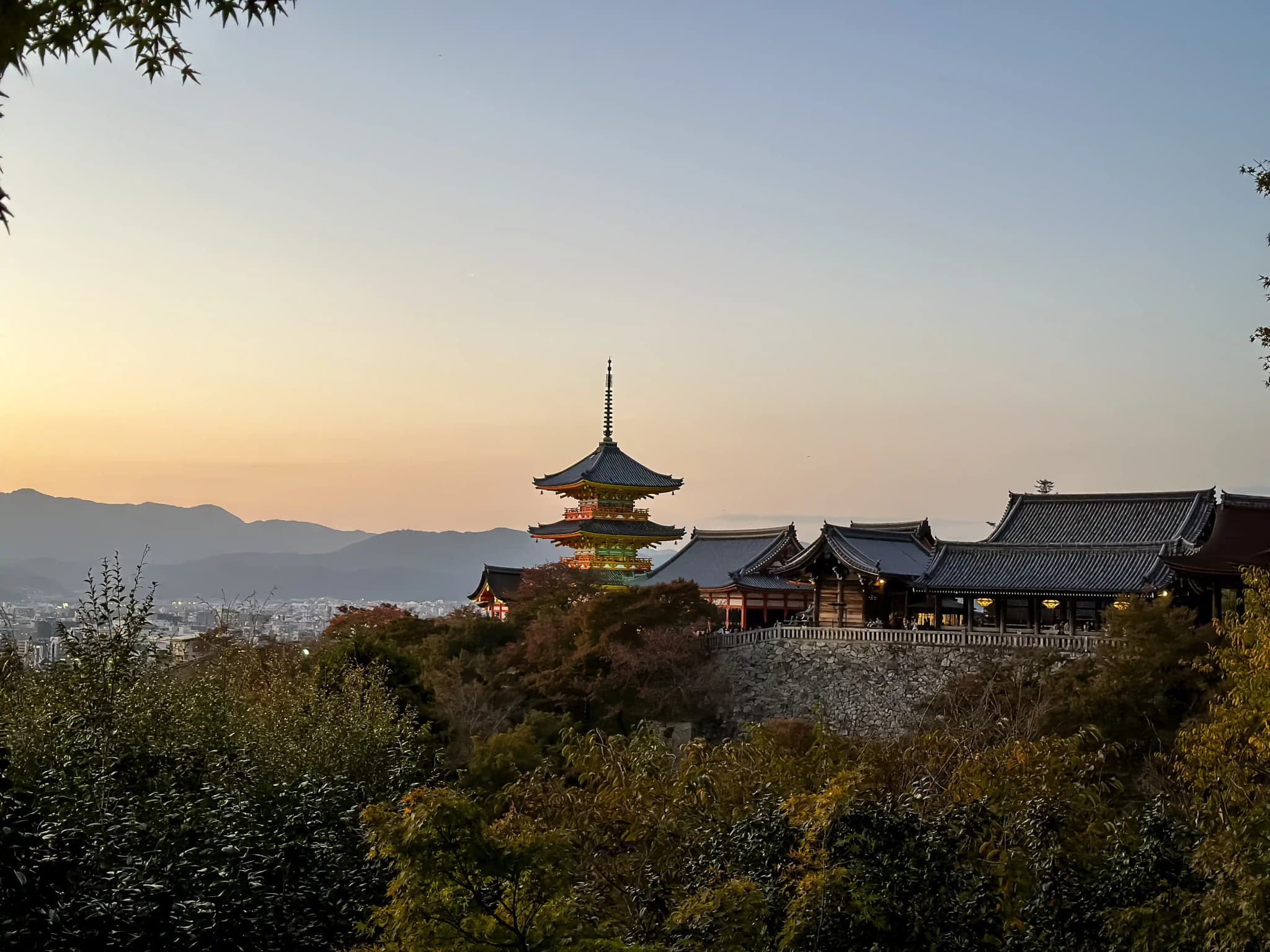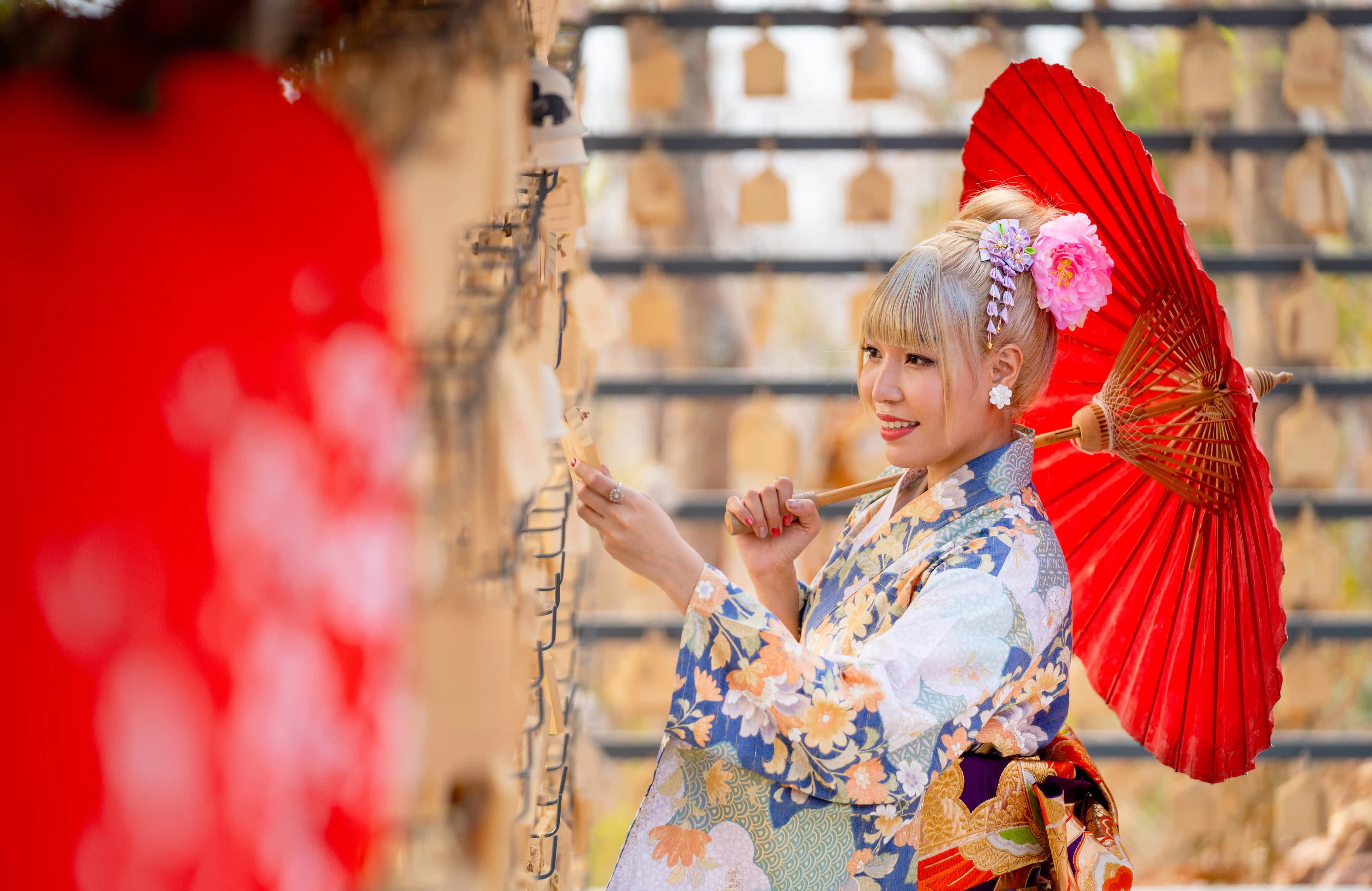
6 Unique Festivals In Japan First-Time Travelers Should Not Miss
Japan is one of the most interesting tourist destinations around the world where cutting-edge technology intertwines with ancient traditions. Its traditions are brought to life through vibrant festivals (matsuri) and cultural local celebrations. From the thrilling clashes of danjiri floats to the graceful rituals of rice planting, each festival tells a unique story, offering visitors chances to witness and even participate in centuries-old customs.
Be mesmerized by the beauty of illuminated celebrations and sacred connection to Japan’s ancient roots with these top 6 unique festivals first-time travelers should not miss.
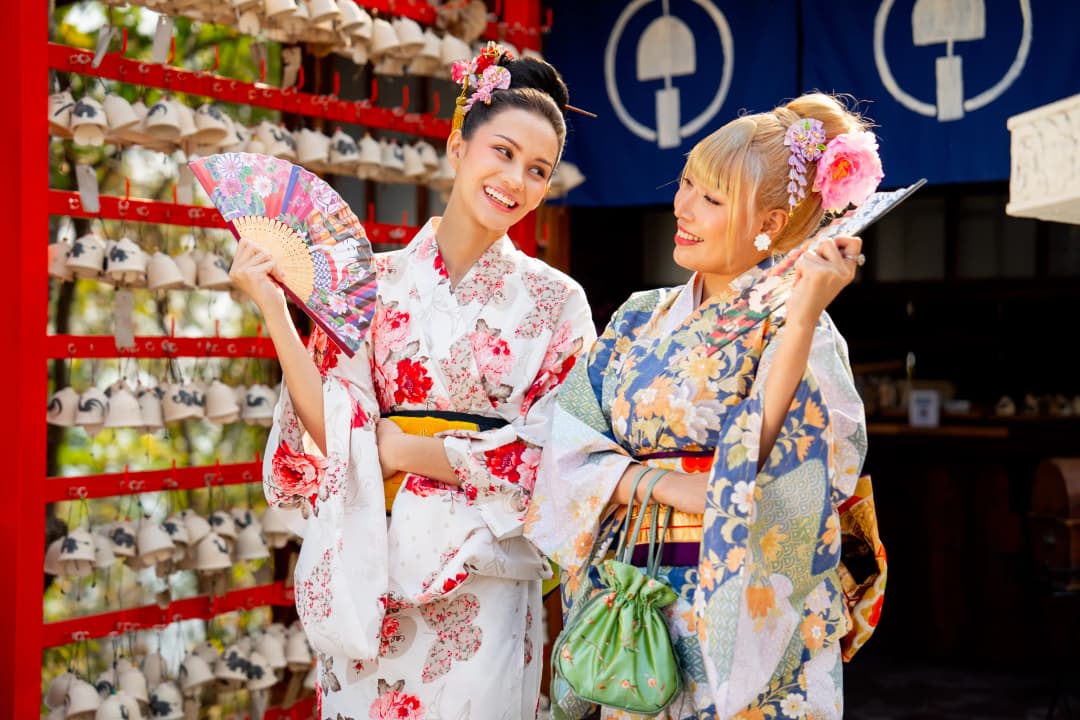
Top 6 Unique Festivals in Japan For First-Time Travelers To Take Part In
Hokkai Heso Matsuri
Location: Furano, Hokkaido
Date: July 28–29
Nestled in the heart of Hokkaido, Furano is often called the island’s “belly button” due to its central location. This unique geography inspired the Hokkai Heso Matsuri, or Belly Button Festival, an annual summer event that brings laughter and energy to the city streets.
Participants paint exaggerated faces on their bare torsos, using their real belly buttons as the “noses.” They then dance in lively processions, creating a surreal yet hilarious spectacle. The festival’s roots trace back to Furano’s Heso Shrine, emphasizing themes of unity and good fortune.
Visitors can join in the fun by getting their own belly-button artwork done, enjoying street performances, and indulging in Hokkaido’s famous local cuisine, including fresh dairy products and seafood. If you're looking for a festival that blends tradition with humor, this is an unforgettable cultural experience.
Hanamaki Matsuri
Location: Hanamaki City, Iwate Prefecture
Date: The second Friday–Sunday in September
Steeped in Tohoku’s rich cultural heritage, Hanamaki Matsuri is a festival like no other. Recognized by the Guinness World Records for hosting the largest gathering of mikoshi (portable shrines) in one place, this event is a breathtaking display of community spirit and devotion.
One of the festival’s biggest highlights is the opportunity to carry a mikoshi alongside locals, experiencing firsthand the energy and unity that define traditional Japanese festivals. Adding to the spectacle, the streets of Hanamaki come alive with lavishly decorated floats, vibrant performances, and the mesmerizing Shishi Odori (deer dance), a centuries-old folk tradition believed to drive away evil spirits.
Beyond the processions, visitors can savor Iwate’s regional specialties, such as Wanko Soba (endless small servings of soba noodles) and Maesawa beef. Whether you're watching from the sidelines or carrying a mikoshi yourself, Hanamaki Matsuri is an unmissable cultural experience that blends history, artistry, and celebration.

Chichibu Yomatsuri
Location: Chichibu City, Saitama Prefecture
Date: December 2–3
As one of Japan’s top three float festivals, Chichibu Yomatsuri (Chichibu Night Festival) is a breathtaking spectacle of tradition, craftsmanship, and celebration. Dating back over 300 years, this annual event is a dream for many festival float-pullers, who consider it an honor to participate in the grand procession.
Six ornately decorated floats, some weighing several tons, are paraded through the city’s streets, illuminated against the crisp winter night. The festival reaches its peak with a magnificent fireworks display, a rare sight in Japan’s colder months, creating a stunning contrast with the glittering floats.
Beyond the parade, visitors can experience the spirit of Japanese heritage, from traditional taiko drum performances to the lively festival atmosphere filled with street food stalls offering local delicacies like miso potatoes and Chichibu soba.
Aomori Nebuta Matsuri
Location: Aomori City, Aomori Prefecture
Date: August 2–7
Every summer, Aomori City bursts into life with the Aomori Nebuta Matsuri, one of Japan’s most mesmerizing festivals. At night, colossal Nebuta floats—intricately designed lanterns shaped like mythical warriors, kabuki actors, and folklore heroes—illuminate the streets as they are paraded through the city.
The festival pulses with energy, driven by the rhythmic beats of taiko drums, the sharp clang of cymbals, and the melodic notes of flutes. Dancers known as Haneto jump and twirl to the infectious chant of “Rassera, Rassera!” If you want to fully immerse yourself, you can rent a traditional Haneto costume and join the electrifying procession.
Beyond the parade, the festival offers a chance to enjoy Aomori’s local delicacies, such as fresh seafood, apple-based treats, and regional sake. The grand finale on August 7 features a spectacular fireworks display over the bay, making for an unforgettable summer night in Japan.

Katsuyama Kenka Danjiri
Location: Maniwa City, Okayama Prefecture
Date: October 19–20
For those seeking an adrenaline-fueled festival, Katsuyama Kenka Danjiri is a must-see. Unlike most float parades, this event is anything but peaceful—massive wooden danjiri floats are rammed into each other in a dramatic display of power, strategy, and sheer force. The name “Kenka Danjiri” literally means "Fighting Float Festival," and true to its name, it is a thrilling spectacle of controlled chaos.
Teams of festival participants, often clad in traditional attire, pull and maneuver their floats before crashing them together in symbolic battles of strength and determination. The clashes, accompanied by taiko drum beats and energetic chants, create an electrifying atmosphere. Brave visitors can even join a float team, experiencing the rush firsthand, while others can watch from safe viewing spots along the course.
The festival isn’t just about action—it’s also a celebration of Okayama’s cultural heritage. Between battles, visitors can explore local food stalls serving regional specialties like Okayama-style sushi and grilled Hiruzen beef skewers.
Misatocho no Ondasai
Location: Misato Town, Miyazaki Prefecture
Date: First Saturday & Sunday of July
Deep in the lush countryside of Miyazaki, Misatocho no Ondasai offers a rare chance to step into Japan’s agrarian traditions. This sacred rice-planting festival honors the gods of agriculture, ensuring a bountiful harvest for the coming year. Unlike many energetic matsuri, this event is rooted in spirituality and gratitude, reflecting Japan’s deep respect for nature.
At the heart of the festival, women dressed as traditional rice-planting maidens wade into the shrine’s sacred fields to plant young rice seedlings. The rhythmic movements, paired with ceremonial chants, create a harmonious and meditative experience. Visitors can take part by renting traditional attire, immersing themselves in an age-old practice that connects the past with the present.
Beyond the rice fields, the festival offers a chance to enjoy Miyazaki’s rural culture, from sampling locally grown rice dishes to exploring the town’s scenic landscapes. Whether you participate in the planting or simply observe, Misatocho no Ondasai provides a profound insight into Japan’s farming heritage.
Articles for you
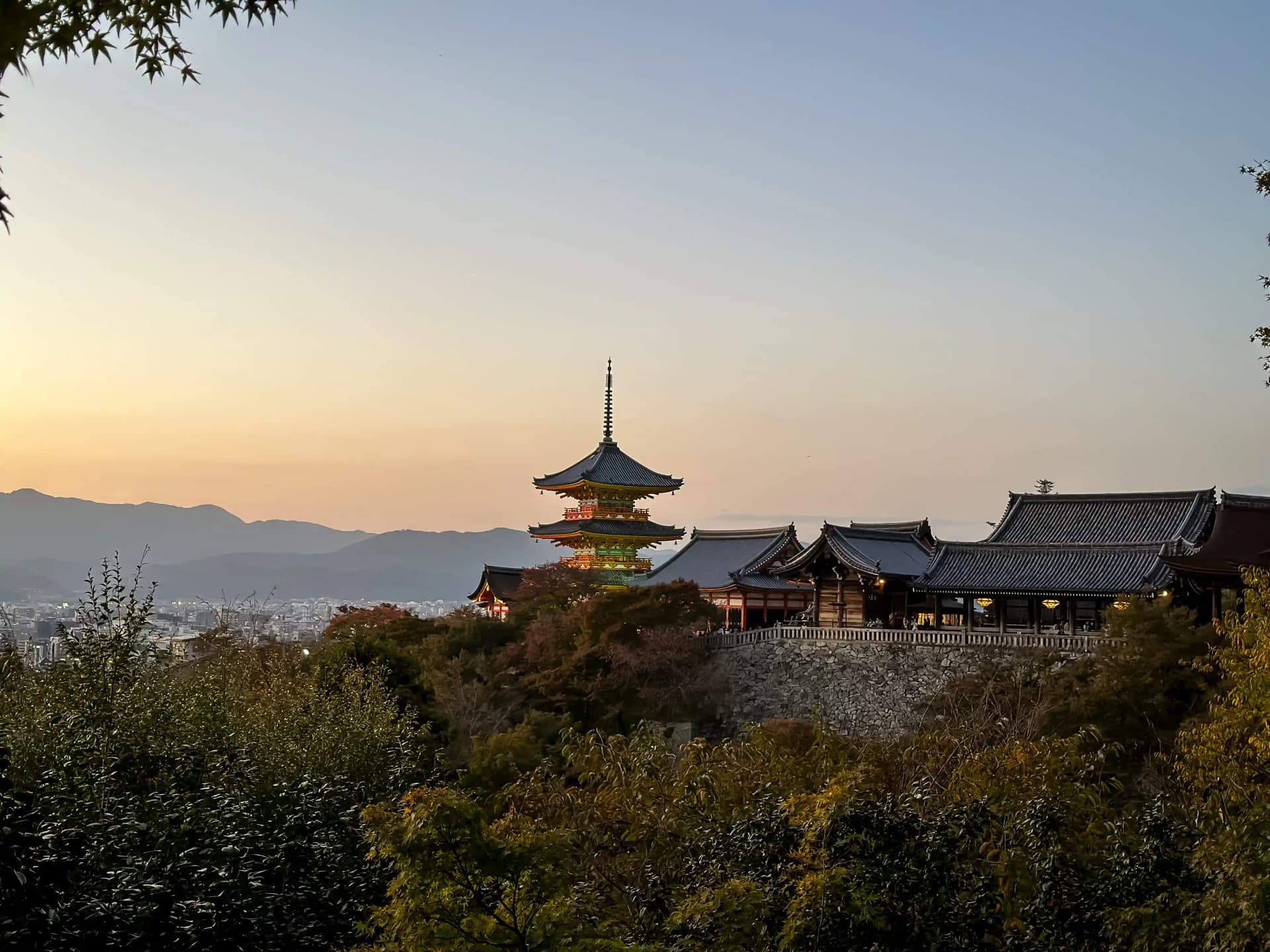
Discover The Top 4 Hidden Gem Temples in Kyoto
When travelers think of Kyoto, iconic temples like Kinkaku-ji (Golden Pavilion) and Fushimi Inari Taisha often come to mind. But beyond these famous landmarks lies a world of hidden sanctuaries, where history, nature, and Zen philosophy blend seamlessly. These lesser-known temples offer peaceful retreats away from the tourist crowds, each with its own unique charm, architectural wonders, and seasonal beauty.
From the mesmerizing Karesansui rock gardens of Komyo-in to the bamboo-surrounded serenity of Jizo-in, these temples provide a glimpse into Kyoto’s authentic spiritual heritage. Whether you're drawn to vibrant autumn foliage, historical treasures, or the quiet elegance of traditional Japanese gardens, this guide will take you on a journey to six of Kyoto’s most breathtaking hidden gem temples.

Explore 4 Unique Cultural Experiences in Yamagata, Tohoku Region
Tucked away in Japan’s Tohoku region, Yamagata Prefecture offers a treasure trove of cultural experiences that blend history, craftsmanship, spirituality, and vibrant nightlife. From centuries-old artisanal techniques to mountain temples steeped in legend, every corner of Yamagata invites visitors to immerse themselves in authentic Japanese traditions.
Let’s travel to Yagamata Prefecture and discover the top 4 unique cultural experiences in this place. Each of these tells a story of heritage, innovation, and community, making Yamagata a destination unlike any other.

Explore The Traditional Japanese Tea Ceremony
The Japanese Tea Ceremony (茶道, Sadō or Chado) is an art form, a philosophy, and a path to mindfulness. Rooted in Zen Buddhism, this ritual embodies four key principles: harmony (和, wa), respect (敬, kei), purity (清, sei), and tranquility (寂, jaku). Every movement, from preparing the matcha to presenting the tea bowl, carries deep meaning. This centuries-old practice is not about rushing but about slowing down. It teaches us to appreciate the moment, the surroundings, and the people we share it with. Whether performed in a traditional tea room or a modern setting, the ceremony fosters a sense of connection to nature, to others, and to oneself.
Join us as we explore the origins, evolution, and cultural significance of this revered Japanese tradition.
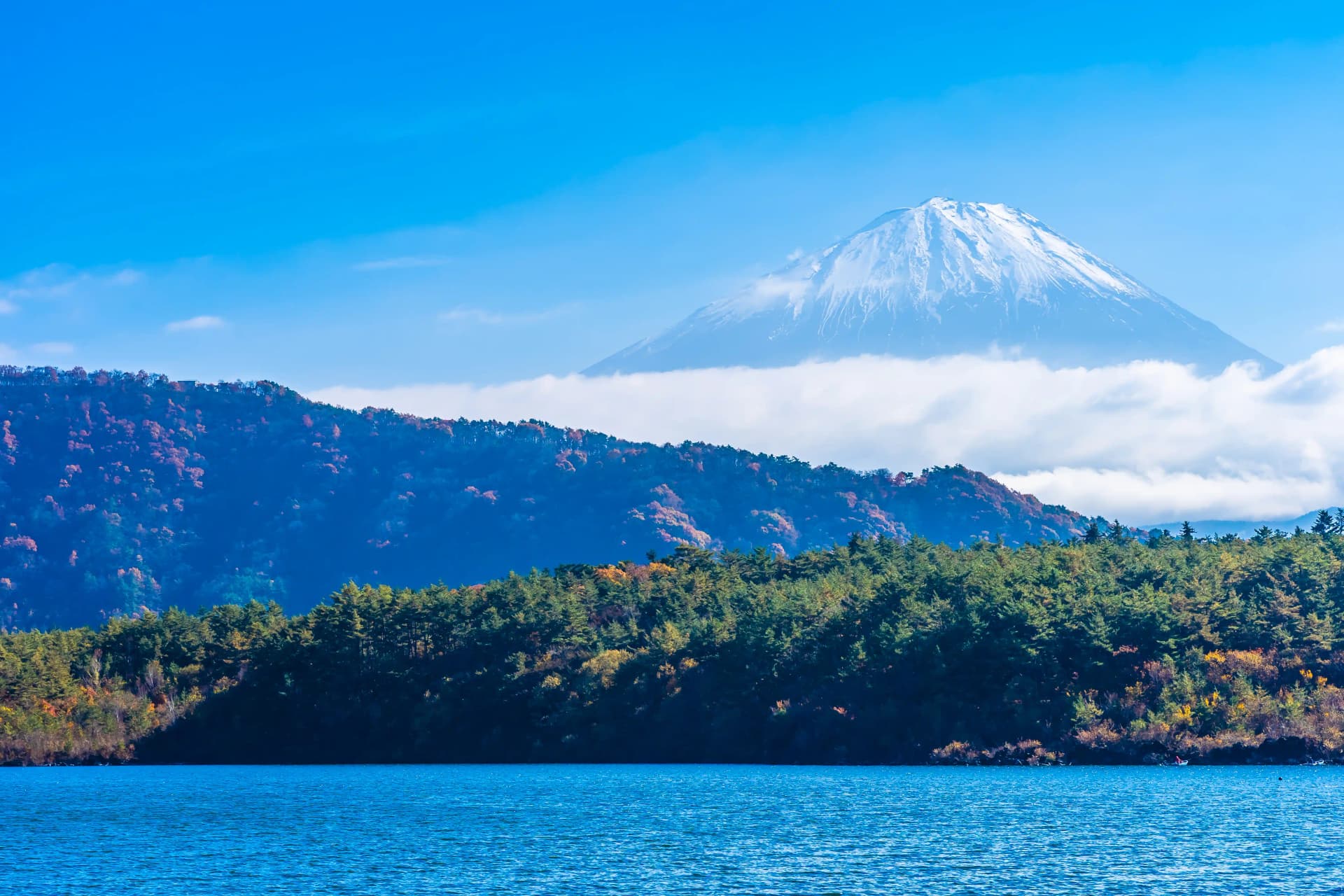
Top 5 Best National Parks in Japan For First-Time Travelers
Japan is a land of breathtaking contrasts—where ancient traditions meet cutting-edge technology, and towering peaks give way to serene coastlines. Among its many natural wonders, Japan’s national parks stand out as treasures of biodiversity, cultural heritage, and outdoor adventure. From snow-capped volcanoes and crystal-clear lakes to pristine forests and rugged coastlines, these parks offer a gateway to some of the country’s most awe-inspiring landscapes.

